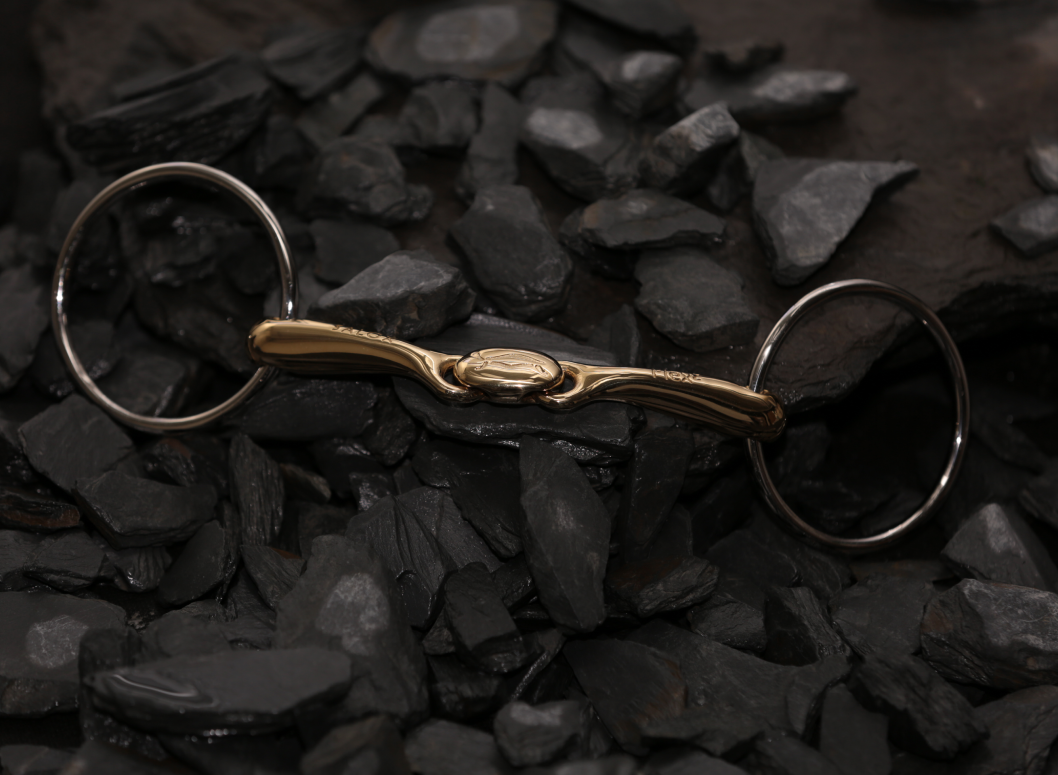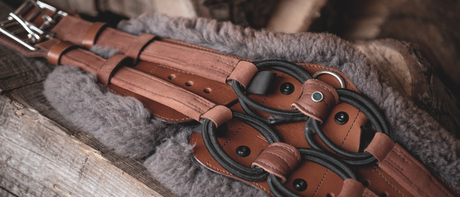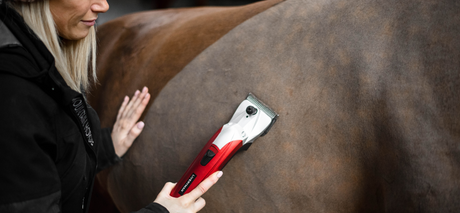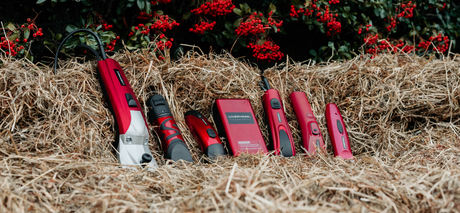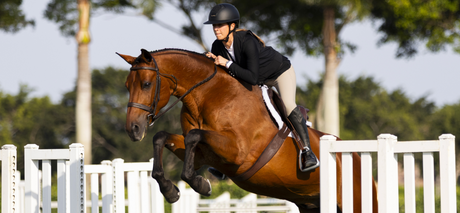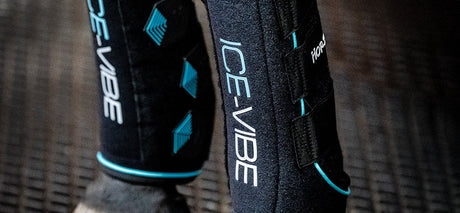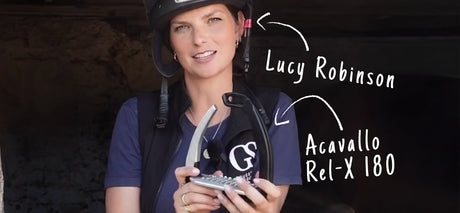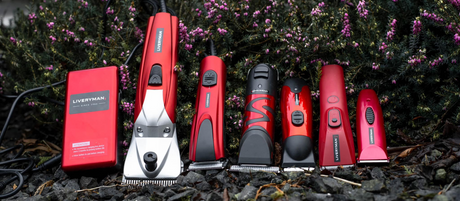How do I go about measuring my loose ring mouthpiece thickness, length and ring size?
There are various measurements to consider when sourcing and assessing the correct size of bit including length, thickness, ring size and design.
The picture below demonstrates a popular loose ring snaffle, the NS Team Up (9012). Other cheeks that are measured this way include the Universal, Beval and Balding Gag and the measurements to consider here are:
1) Mouthpiece Length: The measurement is taken by placing the bit on a flat surface and pulling the rings apart so the bit is at its maximum length. The measurement is taken along the full length of the mouthpiece from the inside edge of the loose ring to the inside edge of the opposite loose ring and can be measured in inches or centimetres.
2) Mouthpiece Thickness: This measurement is taken at the widest part near to the cheek just before the hole that the ring slides through. Again, if you put the bit on a flat surface, you can slide a tape measure below this point and, if you look from above, you can see the thickness. The most accurate way to measure the thickness is using a set of calipers, which are widely available.
3) Loose Ring Diameter: This measurement is taken from the inner edge of the loose ring and is generally measured in millimeters; 70mm being the average for a standard loose ring; and 55mm the typical bridoon size.


